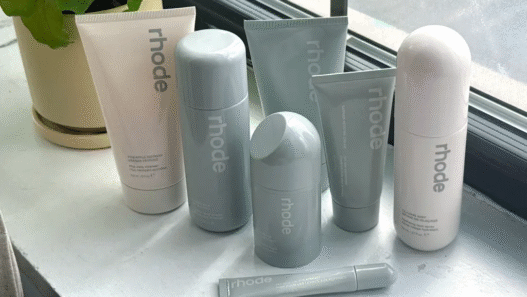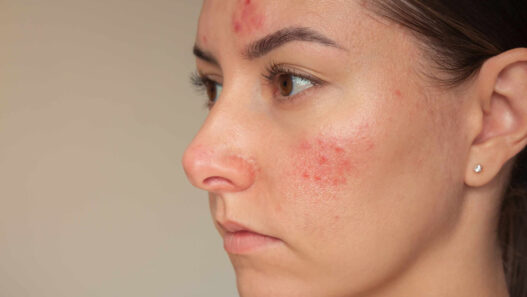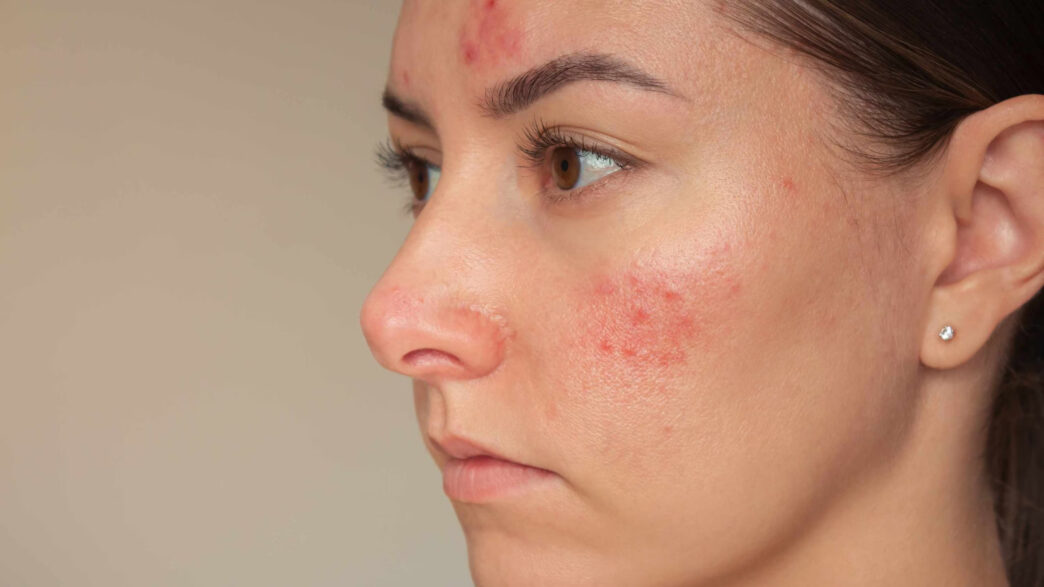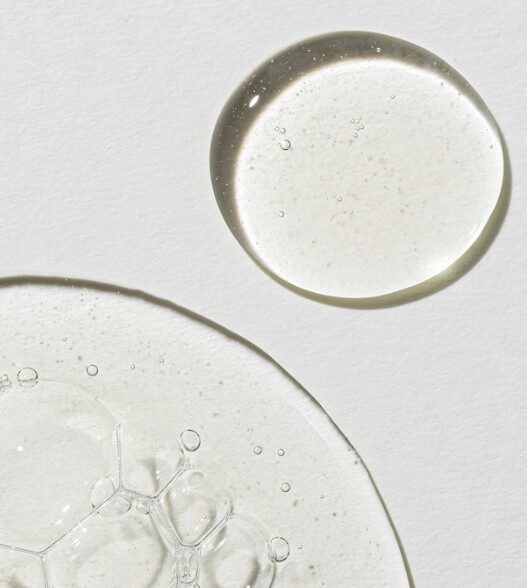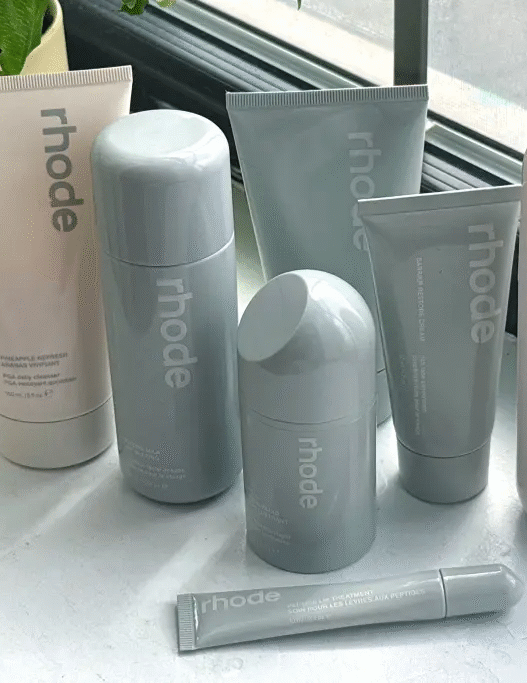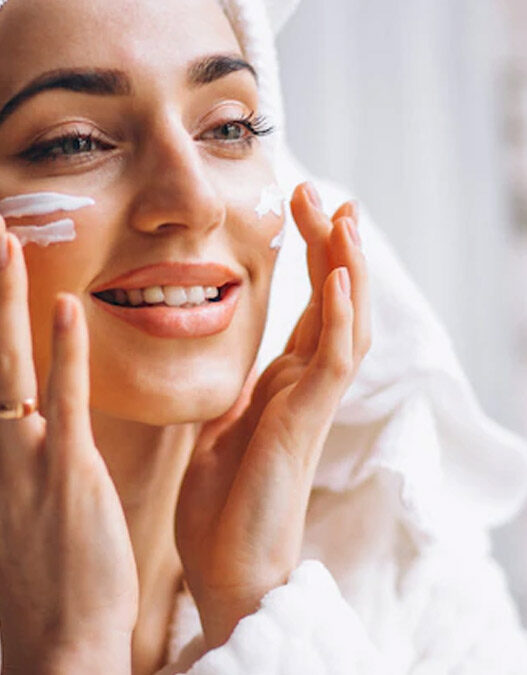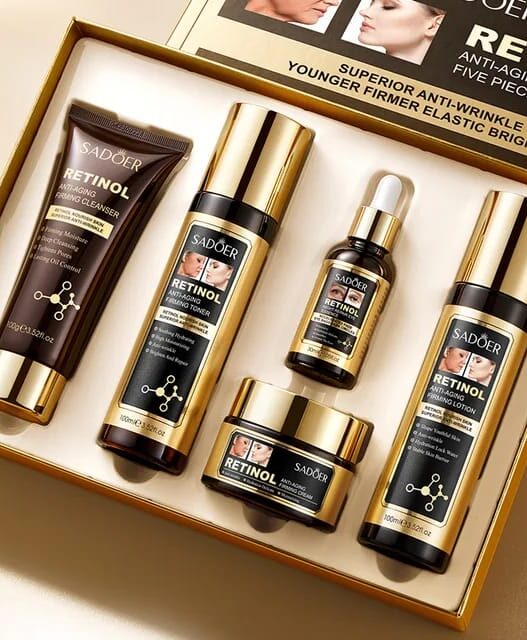How to treat chemical burn on face from skincare? Skincare products are designed to improve the health and appearance of our skin.
However, sometimes harsh ingredients, incorrect usage, or sensitivity can lead to painful chemical burns, especially on the face.
These burns range from mild redness and irritation to blistering and swelling, and they require careful treatment to avoid scarring or long-term damage.
In this guide, we’ll break down everything you need to know about identifying, treating, and preventing chemical burns caused by skincare products.
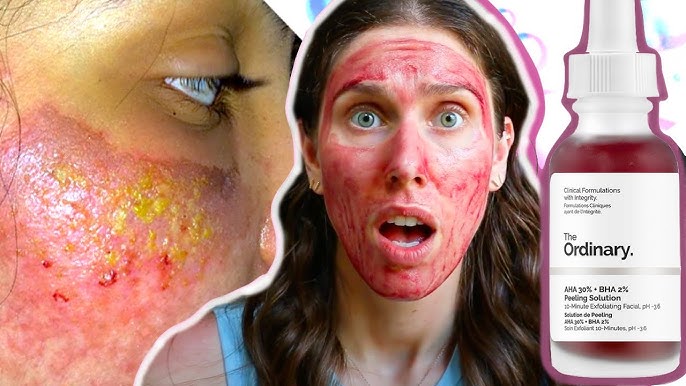
What Is a Chemical Burn from Skincare?
A chemical burn happens when the skin reacts negatively to a product, often due to high concentrations of active ingredients. Common culprits include:
- Acids like glycolic acid, salicylic acid, and lactic acid.
- Retinoids when overused or layered with exfoliants.
- Benzoyl Peroxide for acne, which can be too harsh for sensitive skin.
- Hydrogen Peroxide or Harsh Peels used incorrectly.
Unlike a simple allergic reaction, a chemical burn physically damages the skin barrier, leaving it vulnerable.
How to Recognize a Chemical Burn?
Symptoms can appear within minutes to hours of product application. Look for:
- Redness and inflammation
- Burning or stinging sensations
- Peeling or flaking skin
- Blisters or open sores (in severe cases)
- Sensitivity to touch and sunlight
If symptoms are severe (large blisters, intense swelling, or spreading redness), seek medical help immediately.
Immediate Steps After a Chemical Burn
Here is how to treat chemical burn on face from skincare:
Stop Using the Product Immediately
Discontinue the product that caused the burn right away. Continuing to apply it will worsen the damage.
Rinse with Cool Water
Flush your face gently with cool (not hot) water for 10–15 minutes. This helps remove any residue of the chemical and calms irritation.
Do Not Scrub
Avoid rubbing, scrubbing, or applying soap to the burned area. This can aggravate the skin further.
Apply a Cold Compress
Use a clean, soft cloth soaked in cool water and press it gently against the affected area to reduce heat and swelling.
Avoid Home Remedies
Do not apply toothpaste, lemon juice, butter, or vinegar. These can worsen the burn.
Best Skincare Ingredients for Healing
Aloe Vera Gel
Aloe vera is cooling and hydrating, making it perfect for soothing burns. Choose pure aloe without alcohol or added fragrance.
Petroleum Jelly (Vaseline or Aquaphor)
A thin layer helps lock in moisture and protect the damaged skin barrier as it heals.
Ceramide-Rich Creams
Moisturizers with ceramides restore the protective barrier, speeding up recovery.
Honey
Medical-grade honey (like Manuka honey) has natural antibacterial and healing properties.
Colloidal Oatmeal
Found in gentle creams (like Aveeno), it soothes irritation and relieves itching.
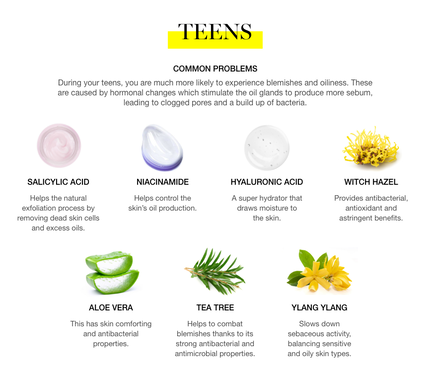
When to Seek Medical Help
You should consult a dermatologist or doctor if:
- The burn is severe with blisters or open wounds.
- Pain or redness worsens after 24–48 hours.
- There’s pus, yellow crust, or signs of infection.
- The burn covers a large portion of the face.
Doctors may prescribe topical steroids, antibiotics, or medicated ointments depending on the severity.
How to Care for Healing Skin
Keep It Moisturized
Apply fragrance-free, gentle moisturizers several times a day. Look for formulas with hyaluronic acid, ceramides, and squalane.
Avoid Exfoliation and Active Ingredients
Pause the use of retinoids, AHAs, BHAs, vitamin C, or benzoyl peroxide until your skin fully recovers.
Sun Protection Is Critical
Burned skin is highly sensitive to UV rays. Always wear sunscreen with SPF 30+ (preferably mineral sunscreens with zinc oxide or titanium dioxide).
Gentle Cleansing Only
Use a mild, sulfate-free cleanser. Avoid foaming or harsh cleansers that strip oils.
Hands Off!
Do not pick at peeling skin or scabs it increases the risk of scarring and hyperpigmentation.
Preventing Chemical Burns in the Future
Patch Test Products
Always test a new skincare product on a small area of skin (like your wrist or jawline) before applying it to your entire face.
Introduce Actives Slowly
When using strong ingredients like retinoids or acids, start with once or twice a week and build up gradually.
Don’t Mix Too Many Actives
Layering products with acids, retinoids, and benzoyl peroxide at the same time can overwhelm the skin barrier.
Follow Instructions Carefully
Always read product labels. Leaving a chemical peel on for too long or applying a high concentration incorrectly can lead to burns.
Know Your Skin Type
If you have sensitive skin, opt for lower concentrations and gentler formulations.
Best Products for Recovery and Prevention
Here are some highly rated options available online:
- CeraVe Healing Ointment
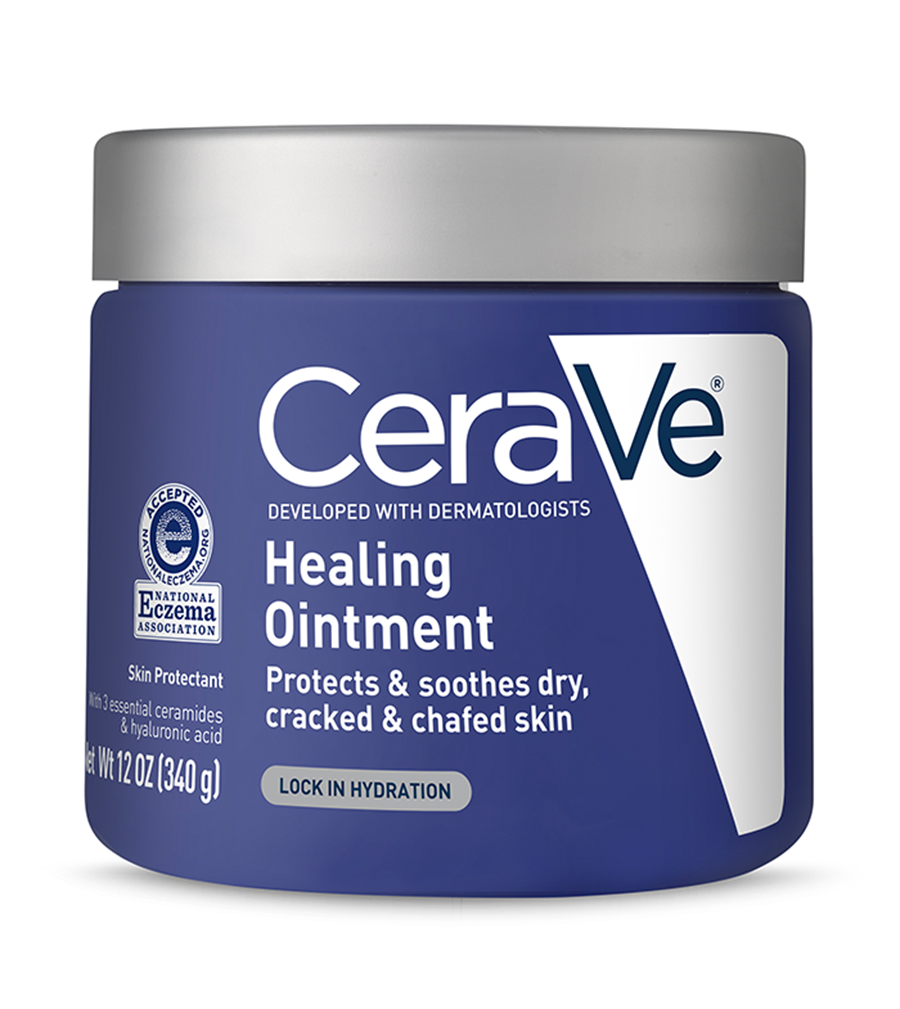
- Aquaphor Healing Ointment
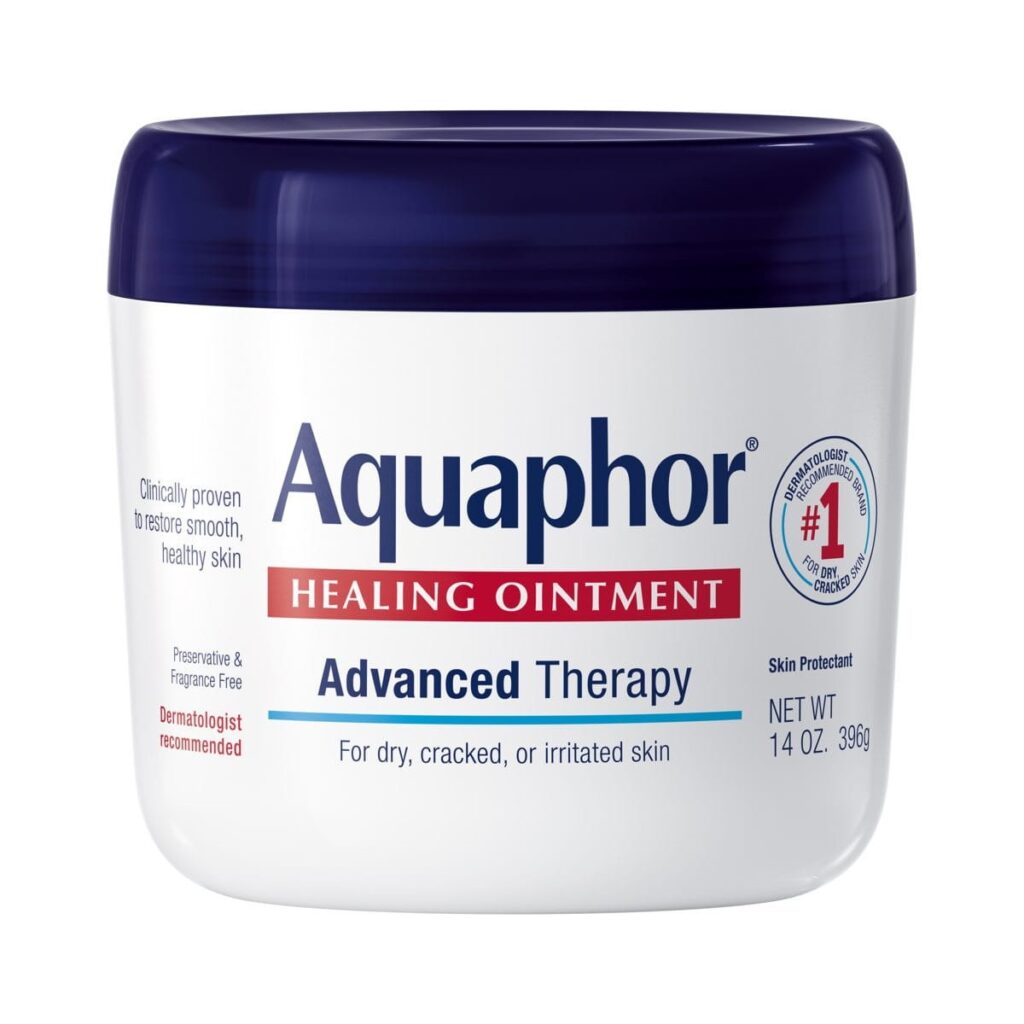
- Aveeno Skin Relief Moisturizing Lotion
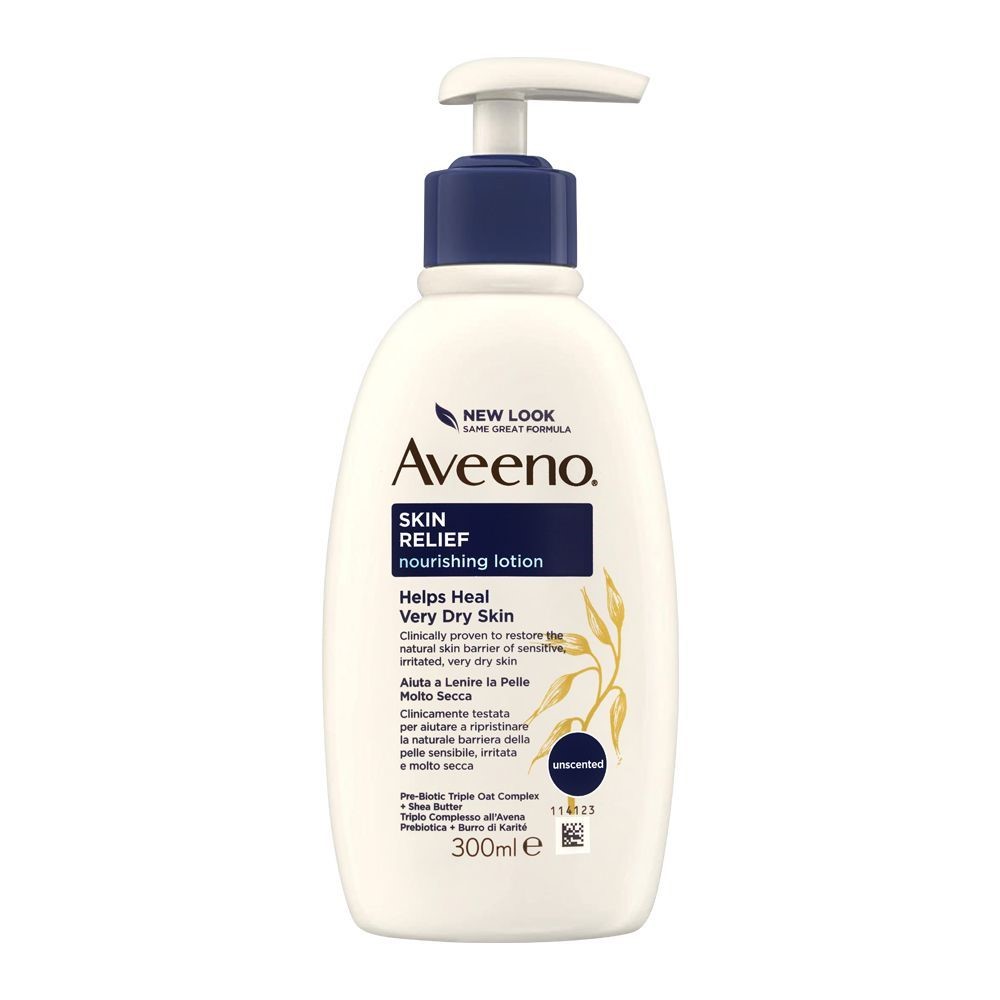
- EltaMD UV Clear SPF 46 Sunscreen
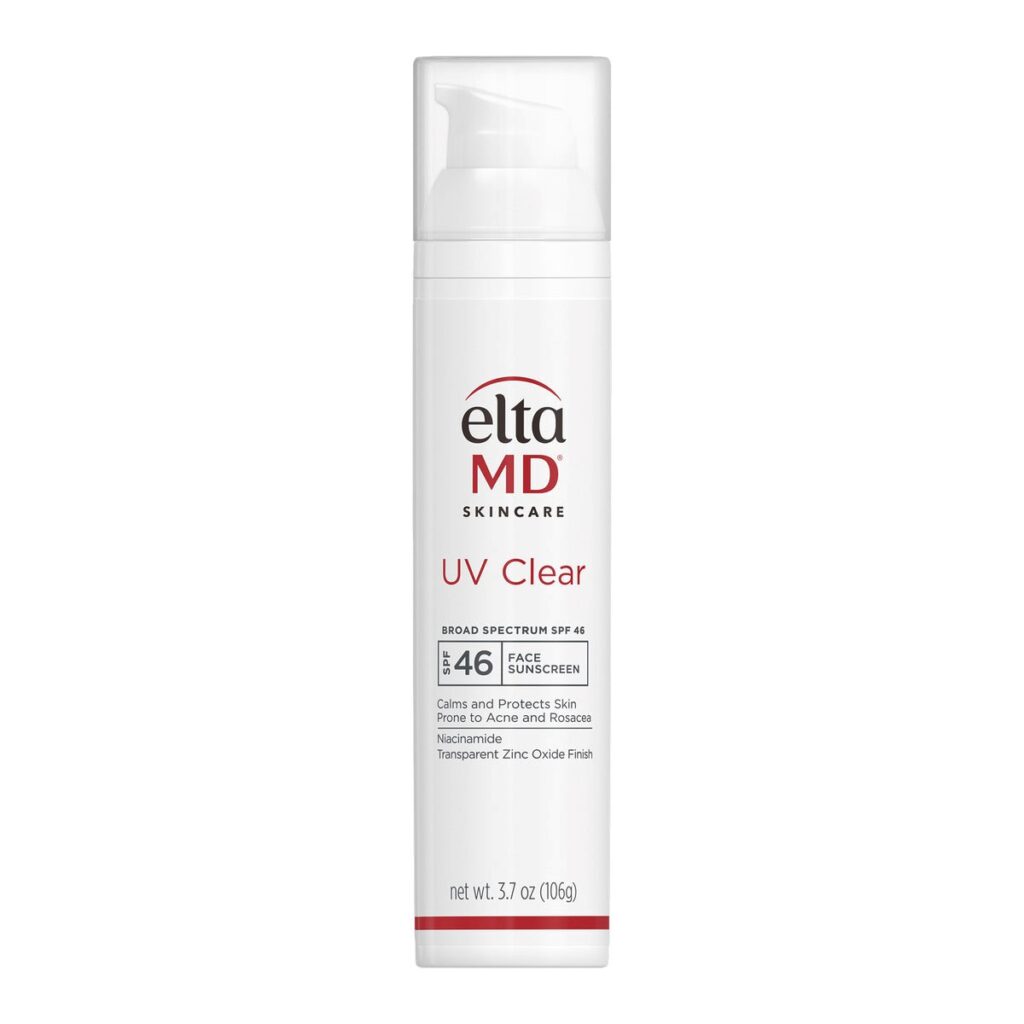
Lifestyle Tips for Faster Healing
- Stay Hydrated: Drink plenty of water to help your skin recover.
- Eat Antioxidant-Rich Foods: Fruits, vegetables, and omega-3s support skin repair.
- Avoid Makeup: Let your skin breathe and heal before applying cosmetics.
- Be Patient: Skin takes time to heal. Don’t rush back into using strong products.
Conclusion
How to treat chemical burn on face from skincare? Chemical burns from skincare products can be frightening, but with the right care, they are treatable.
Acting quickly, by rinsing the area, soothing the skin, and avoiding harsh products, can prevent long-term damage. Gentle moisturizers, aloe vera, and sun protection are your best allies during recovery.
The most important step is prevention, patch testing products, introducing actives slowly, and being mindful of what you apply to your skin.
Remember, skincare should enhance your skin’s health, not compromise it. Treat your skin gently, and it will reward you with strength, resilience, and a natural glow.





